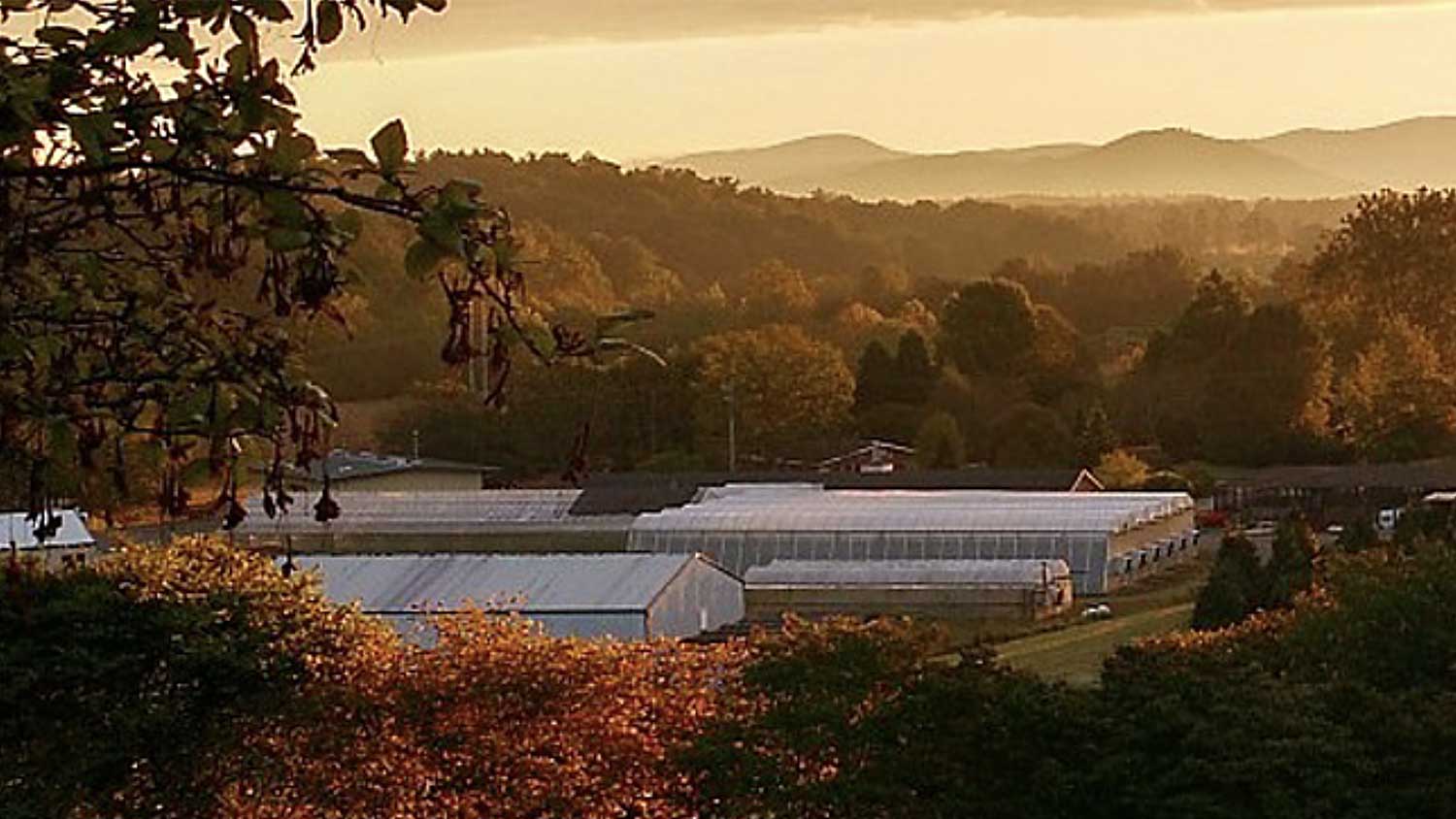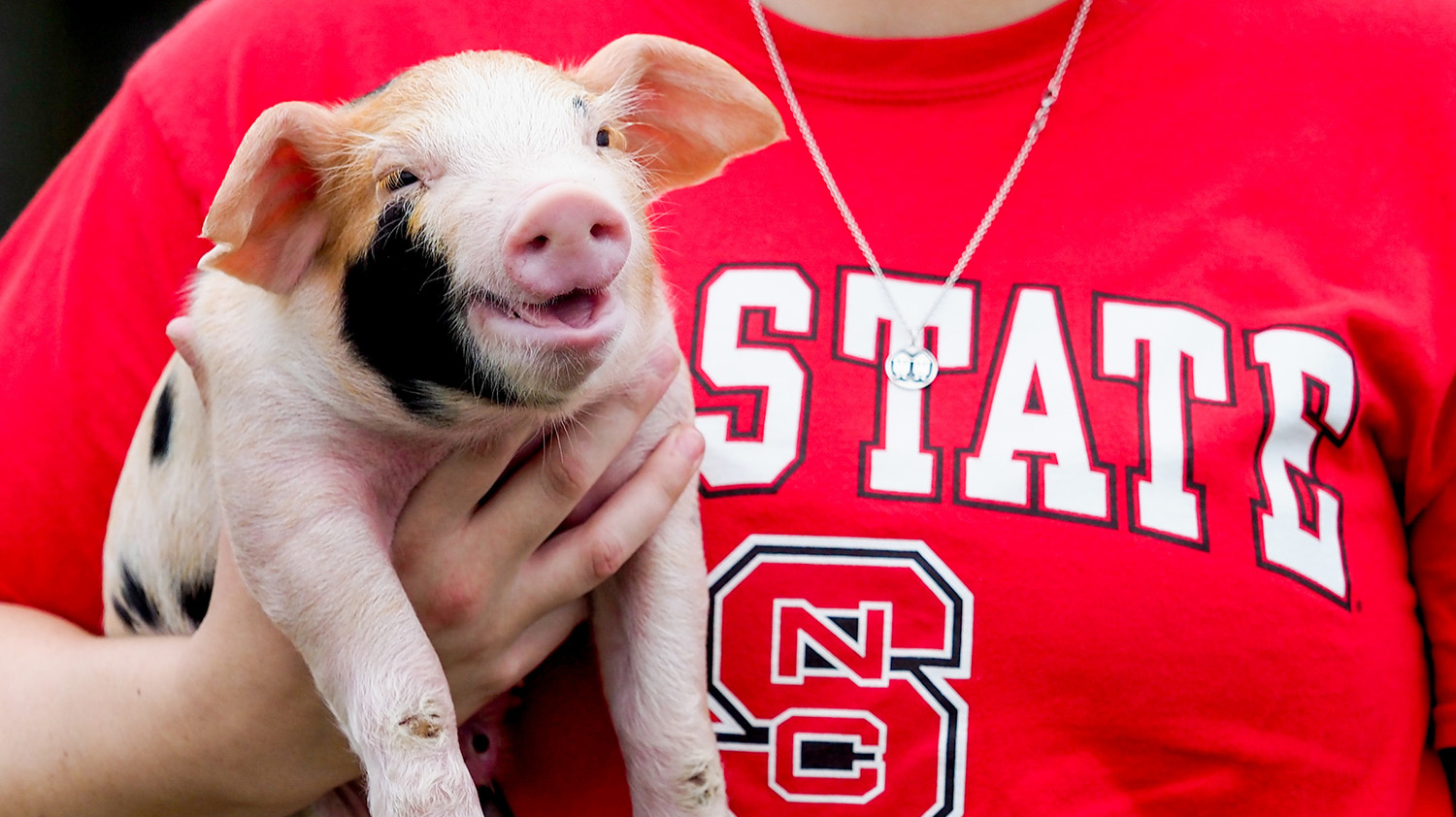Written by: Emma Bublitz and Laura Riddle
When you think of agricultural waste, you usually think of unwanted or unusable materials. Discarded biomass and residues that have no value and can often be costly to dispose of correctly. NC State CALS agricultural waste management professor Praveen Kolar in the Department of Biological and Agricultural Engineering and student researchers working alongside him in the Waste Applied in Science Technology and Engineering (WASTE) Lab are rethinking ways to use those leftover materials and valorize them.
“Our goal is to recycle, reuse, and add value to all the waste that we are producing in North Carolina so our producers are getting the right benefit,” says Kolar. “The whole goal is to make our products competitive in the international market.”
His vision? Creating sustainable and economically advantageous waste management systems. The WASTE Lab relies on fresh ideas coming from the student researchers. Kolar believes those ideas are nurtured by allowing students the freedom to think differently and make mistakes with hands-on experience.
Meet Praveen Kolar
Kolar received his undergraduate degree in civil engineering from Sri Venkateswara University in India and a master’s degree in aquaculture engineering from the Indian Institute of Technology. He worked in the private sector for seven years building aquaculture farms and processing seafood. Part of his job processing shrimp yielded tons of waste and was being dumped into landfills. “That is when the seed was planted in my head on how to actually handle waste,” he says. “I wanted to dig deeper and move the field forward.”
Kolar decided to continue his education in the United States and completed a second master’s in Biological and Agricultural Engineering at Louisiana State University where he designed temperature controlled systems to cultivate oysters. He then went to the University of Georgia to complete his Ph.D. in Biological and Agricultural Engineering and study treatments to reduce poultry emissions.
In 2008, he learned about an open position with the BAE department at the annual American Society of Agricultural and Biological Engineers (ASABE) conference and accepted a faculty position with NC State later that year. Kolar teaches two courses — Introduction to Food Process Engineering and Transport Phenomena — and directs his lab.
“My industry experience really helps me communicate to students more effectively because I can bring both the theoretical part and the application part to the classroom.”
Over the last 14 years, Kolar and BAE student researchers have developed solutions for multiple types of waste and waste management processes, including animal byproducts, biomass to ethanol, and environmental mitigation. There are currently five ongoing research projects being conducted by undergraduate and graduate students that primarily focus on the use of biochar.
What is Biochar?
Biochar is obtained by heating biomass in the absence of oxygen. This process —called pyrolysis— changes the chemical structure of the product undergoing the procedure. Waste products used to create biochar in the lab include, but aren’t limited to, manure, paper, cardboard, food and really any substance containing carbon. These materials are treated with different chemical agents before pyrolysis and can be engineered for specific applications.
“Though biochar looks very similar to coal, it’s a very interesting material and it can do wonderful things,” says Kolar. “And depending on the end use, we are able to fine tune its properties, and the application can be a catalyst, an absorbent or a fuel.”
Undergraduate researcher and TEDx speaker Victoria Augoustides is investigating the use of pine bark biochar as an absorbent of the volatile organic compounds found in swine waste. The project, coined “Pig and Pines”, presents a cost-efficient sustainable solution using local resources to improve one of the state’s largest agricultural commodities.
Currently, North Carolina ranks third in the nation in hog production with an economic impact valued over $3 billion.
Having grown up in NC, Augoustides is passionate about the environmental and economic benefits this project may have on current swine waste management processes. “What we’re trying to do is make [the waste management process] more efficient, so that the waste spends less time in the ponds and has less of an impact on the environment thereby improving farm efficiency,” she says.
Engineering Solutions
The unique position for many of the current projects happening in the WASTE lab is the iterative nature and connection each product provides for another researcher’s solution.
Pine bark is one of the primary materials being used in the lab because of its availability across North Carolina. Ph.D. candidate Nitesh Kasera is examining the treatment of agricultural waste systems by adding nitrogen to pine bark biochar so it can selectively attract nitrate and phosphorus. In turn, Autumn Sylvestri is using Kasera’s biochar to valorize alternative uses for lignin, normally an unusable byproduct of pine bark.
“The whole idea is to make every component of the ag supply chain economically viable,” says Kolar. Solutions being developed in the WASTE Lab not only boost the economic impact for growers, they also reduce and/or eliminate harmful effects on the surrounding environment and remain carbon neutral. “What we do is based on what we think is appropriate from an environmental, ecological and climate change perspective, and then all of our products or activities are in line with that.”
Kolar’s approach to engineering solutions is key to addressing global grand challenges. “Concepts are concepts until we apply them,” he adds.
Enabling students to test their theories in a collaborative space while receiving support from faculty improves research coming from the university, and all of the student researchers in Kolar’s lab agree.
When asked what he thinks would be of value for the next generations of researchers to know, Kolar says, “It’s a great time to be an engineer. There are a lot of opportunities to move this field forward, and with the advent of machine learning and robotics, I think we will be doing great things in the next five to 10 years.”
- Categories:



